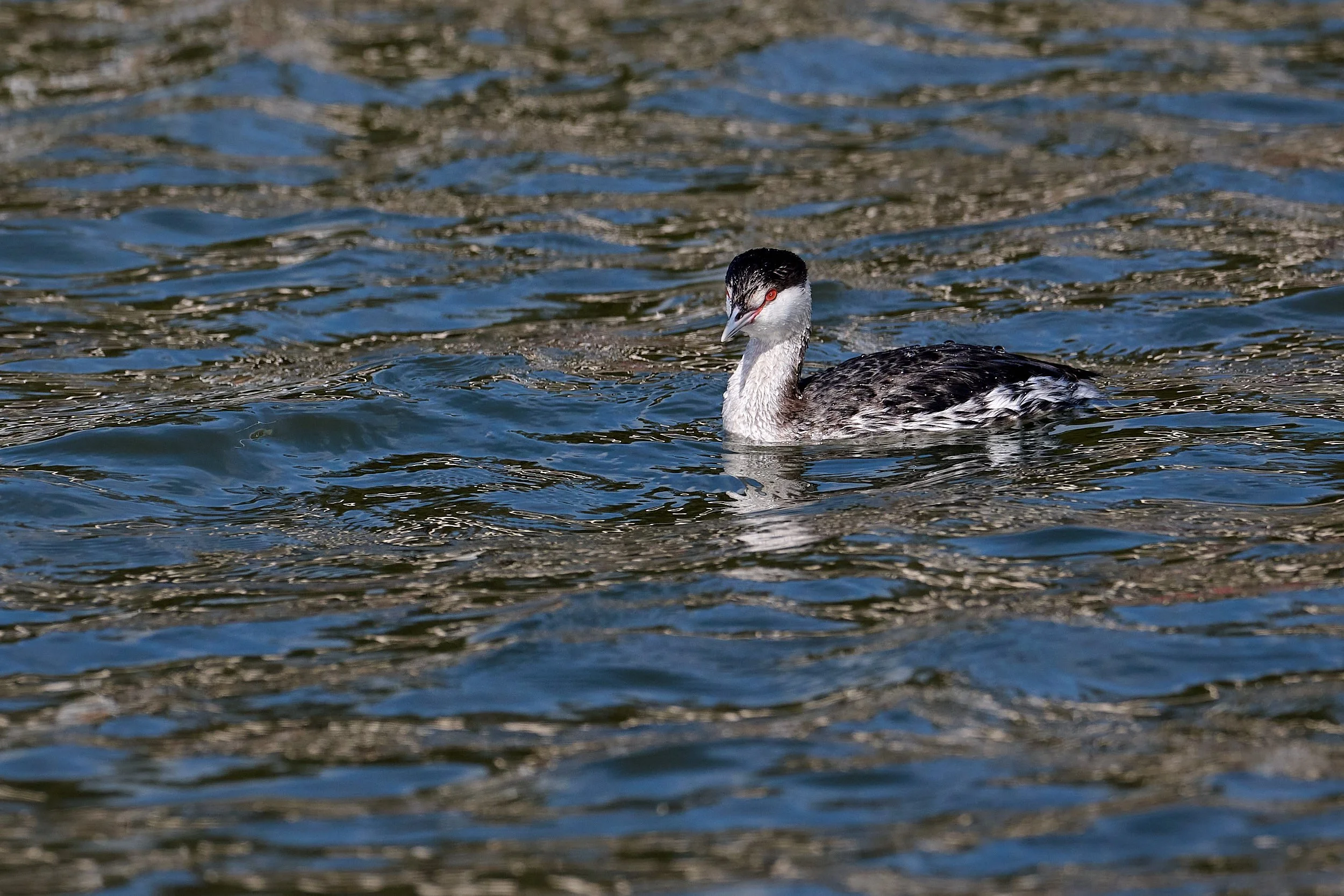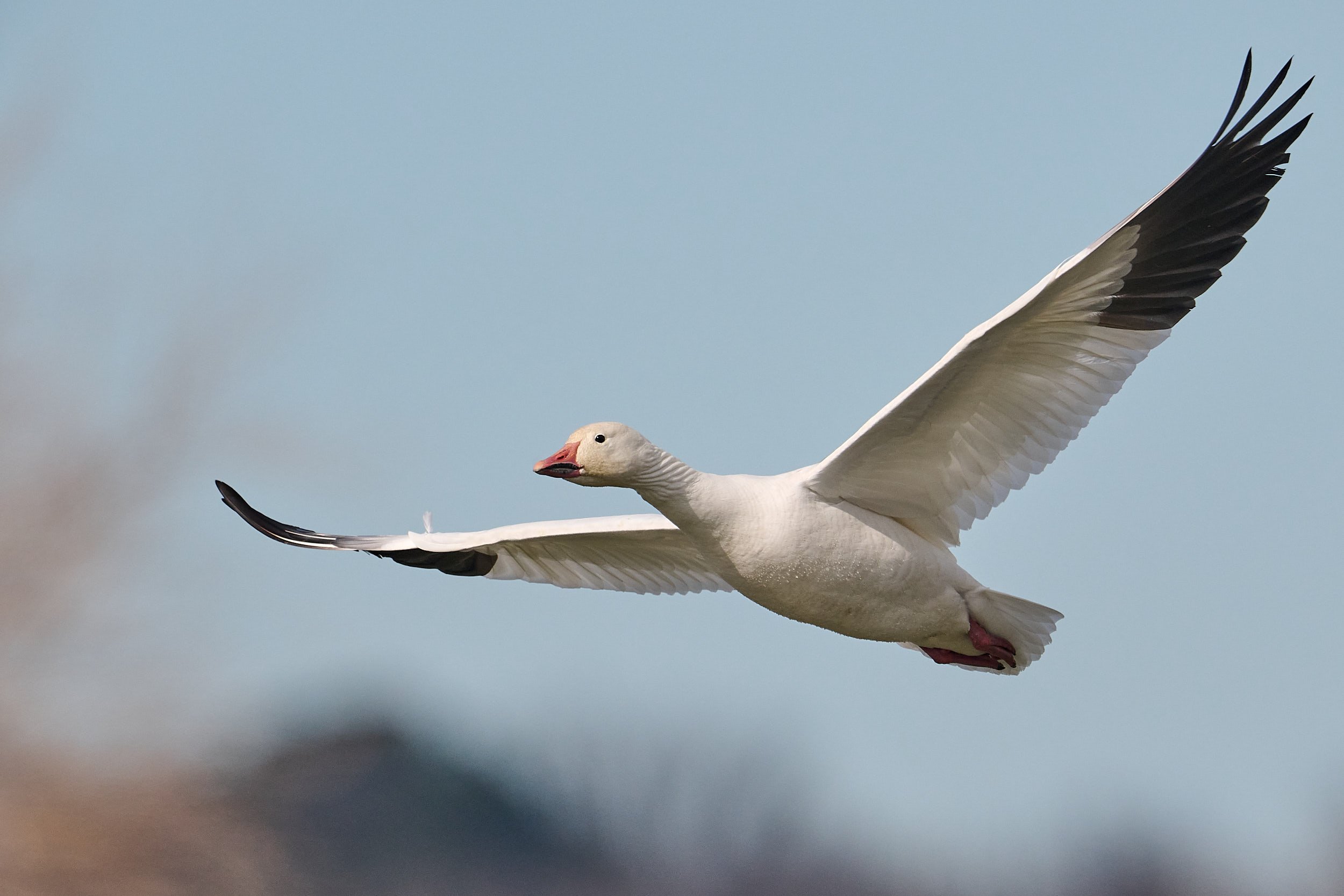Local Birdlife: November 2022 to February 2023
Long-billed Curlew
Home, Sweet Home
We decided to spend the winter months at home which allowed us to luxuriate in a spacious immobile abode, reconnect with friends and enjoy nearby outdoor opportunities.
Birds
Below are bird photographs taken during this period. (Click on an image to enlarge it.)
Back garden
Our easiest wildlife viewing is the backyard.
Mammalian visitors over the years have included mule deer, bobcat, kit fox, raccoon, mountain lion, cottontail rabbit, striped skunk, dusky-footed woodrat, Rattus rattus, vole, pocket gopher, mole, bat, mouse and western grey squirrel.
A cluster of oaks and other native trees provide refuge and nourishment for birds. Our species count is about 45. We provide feeders, water features & nest boxes and are rewarded by a delightful mix of bird song and avian antics.
If the feeder has been replenished, Lesser Goldfinches will be partaking of seed almost every day of the year. Female (left), male (right).
Species that are resident year-round include Chestnut-backed Chickadee (top left), Nuttall’s Woodpecker (top center) - a California specialty, Dark-eyed Junco (top right), White-breasted Nuthatch (bottom left), California Scrub-Jay (bottom center) and Bewick’s Wren (bottom right).
House and Purple Finches may also be present all year. The species are similar in appearance. House Finch males (top row) have a striped belly, brown cheek patch and a markedly curved upper bill (culmen). Purple Finch males (bottom row) are stockier, lack belly stripes, have more extensive red on the back and a longer, straighter upper bill.
Golden-crowned Sparrows are mostly ground foragers. They arrive in late Fall after nesting in western Alaska and Canada and molting to their non-breeding plumage.
Hermit Thrushes (top row) migrate north in Spring. Their diet is mostly insects and berries (Toyon fruit in picture). A characteristic habit is flicking its wings and slowly raising and lowering its tail.
We only see Townsend’s Warblers (bottom row) in winter. They depart to breed in the coniferous forests of the Pacific Northwest. Adult males have a black throat.
San Francisco Bay shoreline
San Francisco Bay is a major stopover for migrating birds. It provides food, safe shelter and diverse habitats.
The Bay is also a favorite stomping ground for many local bird photographers. They are easily identified by their long lenses and skulking ways.
Ducks: Ruddy Duck, Canvasback, Northern Shoveller. Divers: Double-crested Cormorant, Pied-billed Grebe. Sandpipers & associates: Greater & Lesser Yellowlegs, Willet, Marbled Godwit, Western Sandpiper, Least Sandpiper, Long-billed Dowitcher, American Avocet, Black-necked Stilt. Others: American Coot, American Crow, Common Yellowthroat, Anna’s Hummingbird, Song Sparrow.
Coast
Photos were taken at Morro Bay, Gazos Creek and Año Nuevo.
Shorebirds can be complicated. For example, wintering Long-billed Curlews are quite at home within the surf break but nest far from the coast in arid west grasslands during summer.
Swimmers: Common Loon, Eared Grebe, Horned Grebe, Pelagic Cormorant, Bufflehead, Brown Pelican, Herring Gull. Shorebirds: Sanderling, Semipalmated Plover, Snowy Plover, Dunlin, Long-billed Curlew, Marbled Godwit, Willet. Wading birds: Great Blue Heron, Great Egret, Snowy Egret. Others: Turkey Vulture, Common Raven, California Thrasher, Red-shouldered Hawk, Anna’s Hummingbird, Black Phoebe, Blue-gray Gnatcatcher,
Central Valley wetlands
Merced National Wildlife Refuge includes over 10,000 acres of wetlands, native grasslands, vernal pools, and riparian areas. The refuge hosts the largest wintering concentrations of Lesser Sandhill Cranes and Ross’ geese along the Pacific Flyway. Each autumn as many as 20,000 cranes and 60,000 arctic-nesting geese arrive from Alaska and Canada.
Waterfowl: Snow Goose, Ross’ Goose, Greater White-fronted Goose, Canada Goose, Northern Pintail, Clark’s Grebe, American Coot. Crane: Sandhill Crane (don’t know if Lesser or Greater Sandhill Crane). Others: Red-winged Blackbird, Savannah Sparrow, European Starling, Black Phoebe, Say’s Phoebe, Western Meadowlark, American Kestrel (female).
The success of the European Starling in North America is nothing less than phenomenal. Although estimates vary, it is commonly believed that a total of about 100 individuals was released into Central Park, in New York City, in 1890 and 1891. The entire North American population, now numbering more than 200 million and distributed across most of the continent, is derived from these few birds. From: Birds of the World
The Climate Book
In The Climate Book, Greta Thunberg has gathered the wisdom of over one hundred experts – geophysicists, oceanographers and meteorologists; engineers, economists and mathematicians; historians, philosophers and indigenous leaders – to equip us all with the knowledge we need to combat climate disaster. Throughout, illuminating and often shocking grayscale charts, graphs, diagrams, photographs, and illustrations underscore their research and their arguments. Alongside them, she shares her own stories of demonstrating and uncovering greenwashing around the world, revealing how much we have been kept in the dark. This is one of our biggest challenges, she shows, but also our greatest source of hope. Once we are given the full picture, how can we not act? And if a schoolchild’s strike could ignite a global protest, what could we do collectively if we tried?
We are alive at the most decisive time in the history of humanity. Together, we can do the seemingly impossible. But it has to be us, and it has to be now.





































































































































